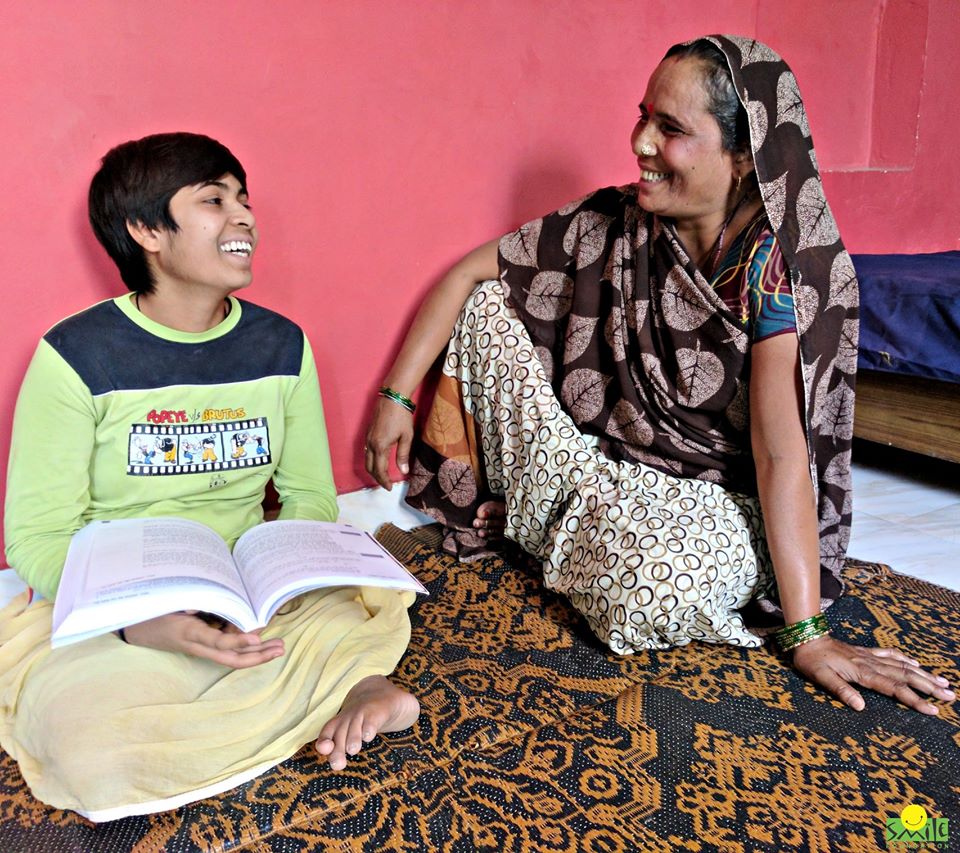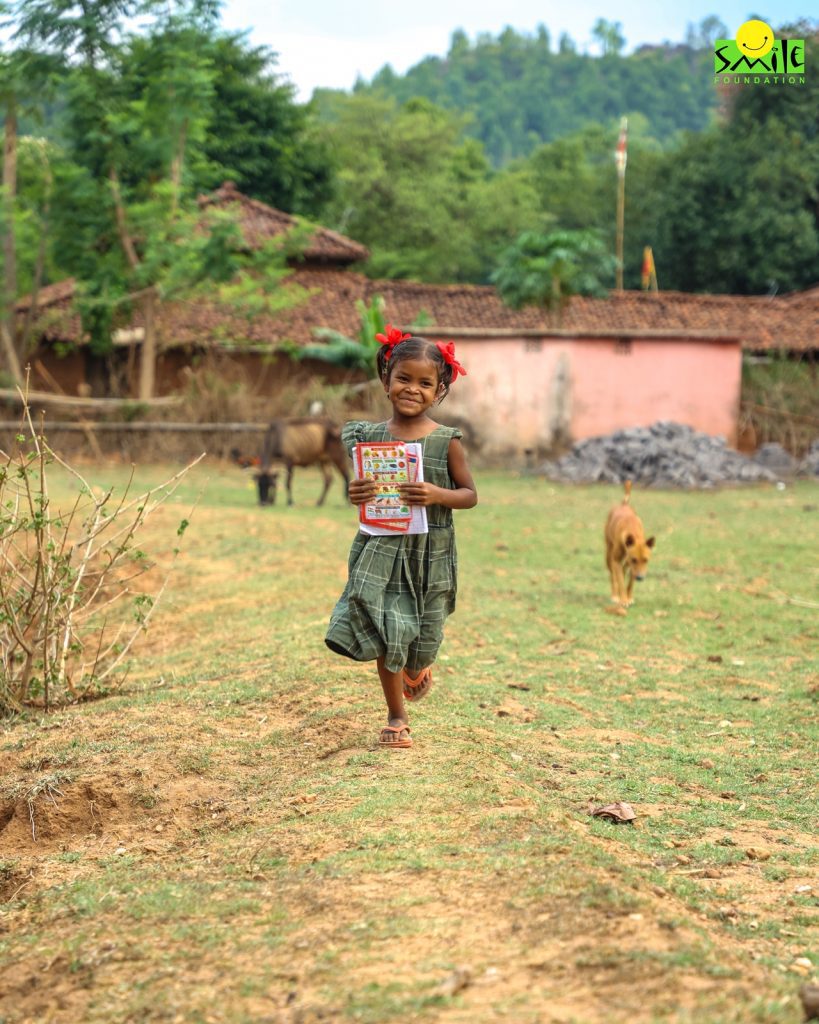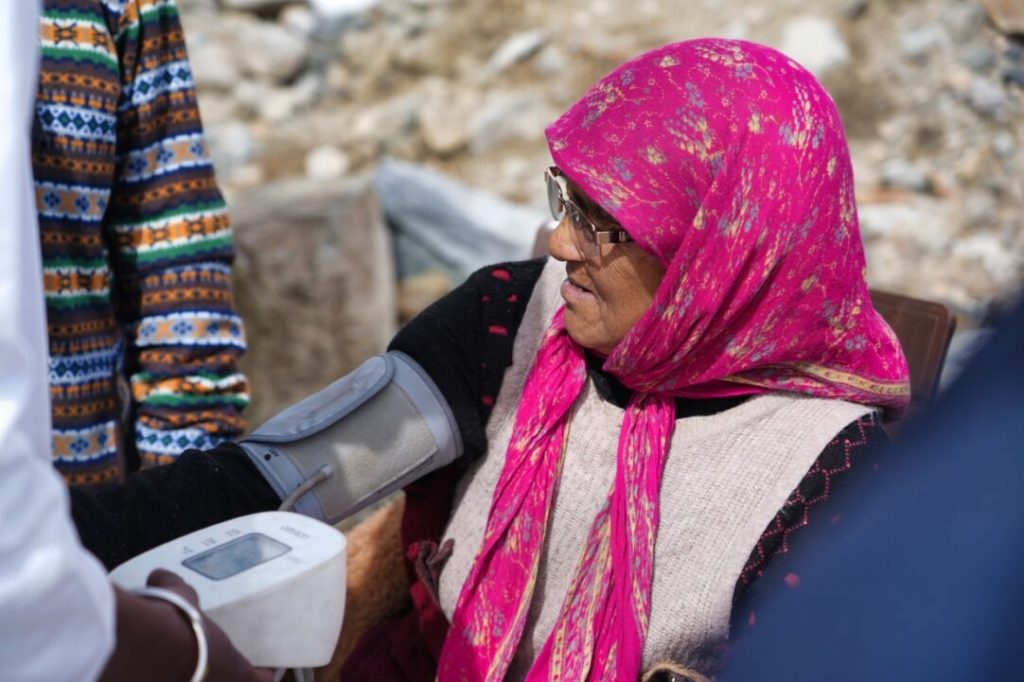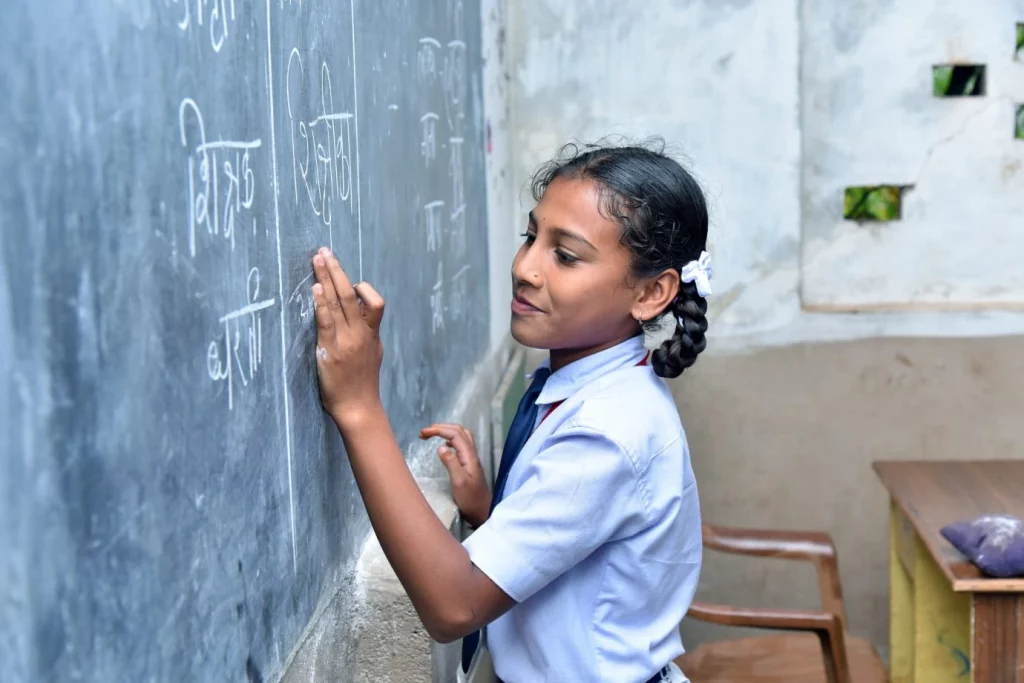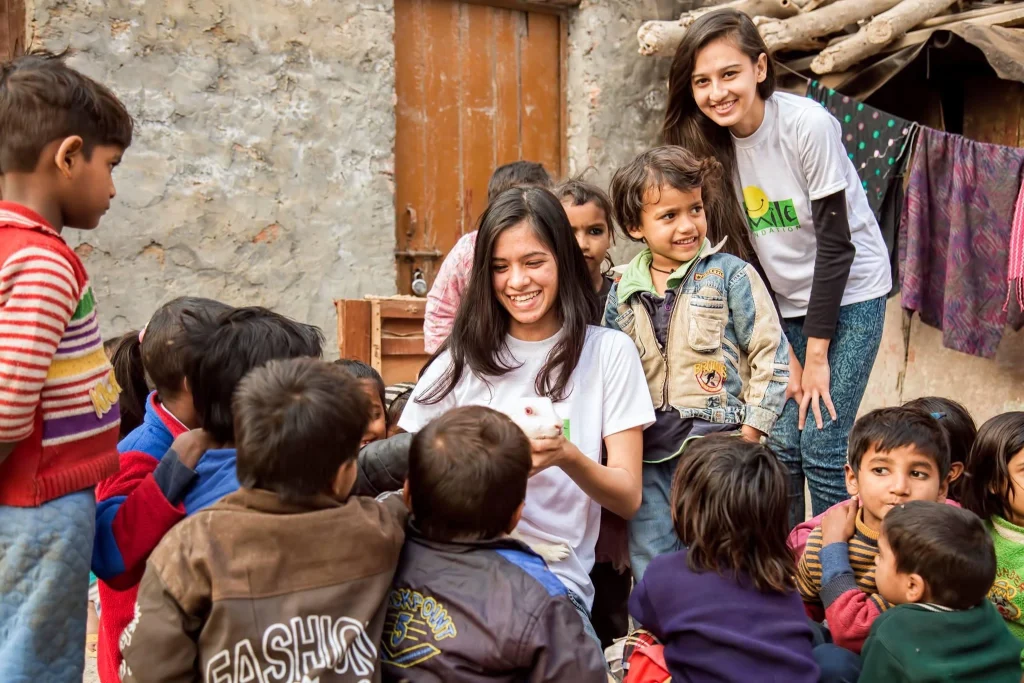The education system in India, for a long time, has ignored the needs of differently-abled children. Whether it is the infrastructural support or creating an inclusive classroom environment, the schools have found themselves ill-equipped for differently-abled children. However, various government policies for the disabled in India have tried to address this issue over the years.
Policies for Persons with Disabilities
The Indian government has implemented several policies aimed at helping disabled students access education. This helps them to succeed in academic and professional settings. Some of the key policies include–
The Rights of Persons with Disabilities Act, 2016: This legislation replaced the Persons with Disabilities (Equal Opportunities, Protection of Rights and Full Participation) Act, of 1995 and provides a comprehensive framework for the protection of rights and entitlements of persons with disabilities, including access to education.
Inclusive Education for Disabled at Secondary Stage (IEDSS): This centrally sponsored scheme provides financial assistance to states and union territories to support the education of students with disabilities in secondary schools.
National Scholarships Portal: The government has created a centralised portal to enable students with disabilities to apply for various scholarships and financial assistance programs.
Assistive Technology: The government has initiated several programs to promote the use of assistive technology, such as screen readers and braille displays, to support the education of students with disabilities.
These are some of the policies for persons with disabilities. Apart from this, there are various initiatives taken on an individual level by schools, non-governmental organisations, etc. for the betterment and benefit of differently-abled children. The Indian government has also taken many initiatives in the same direction.
The RPWD Act 2016 has also been revised over the years to make it more comprehensive. The act expanded the list from seven to twenty-one conditions, adding cerebral palsy, dwarfism, muscular dystrophy, acid attack survivors, hard of hearing, speech and language disability, specific learning disabilities, etc.
Budget for Disabled Persons
While there are various initiatives to improve access to education for the differently-abled, the budget allocation in this direction needs reimagination. The Ministry of Social Justice and Empowerment’s (MSJE) Department of Empowerment and Welfare of Persons with Disabilities (DEPwD) received INR 1,225 crore in FY 2023–24, representing 0.027 percent of the overall budget. The overall expenditure in FY 2023–24 increased by about 7.5% in comparison to the prior year, however, the DEPwD expenditure only climbed by 1%. An improvement but more needs to be done.
Budgetary allocation for disabled-friendly government policies and schemes in India is crucial. It ensures the implementation of inclusive policies that benefit the disabled community. These allocations are essential to provide accessible infrastructure, education, healthcare, and employment opportunities to people with disabilities.
Additionally, budgetary support helps in promoting research and development of assistive technology, which can significantly improve the quality of life for people with disabilities. By investing in disability-friendly policies and schemes, the government can create a more inclusive society and empower people with disabilities to live independently and with dignity.
A strong budgetary allocation can also ensure better programs for persons with disabilities. This can be a game changer for a country like India which is set to become the most populated in the world. A large population also means an equally big number of differently-abled people and children as per the proportion of the population. According to some estimates, out of the total population of the country in 2021, 2.21% were differently-abled.
Investments into Inclusivity
While there are limitations, the picture is not all gloomy when it comes to investment in this area. India has made significant investments in recent years to benefit people with disabilities. In 2021-22, the Union Budget allocated Rs. 3,000 crores to the Department of Empowerment of Persons with Disabilities (DEPwD) to support various programs for the welfare of people with disabilities.
The government has also launched several schemes such as the Accessible India Campaign, Sugamya Bharat Abhiyan, and Samarth Scheme, which aim to create a barrier-free environment, promote skill development, and provide employment opportunities for people with disabilities.
The government has also established several institutions like the National Institute of Rehabilitation Training and Research (NIRTAR) and the Composite Regional Centre (CRC) to provide rehabilitation services and skill development training to people with disabilities. Overall, the investments made by the Indian government demonstrate its commitment to promoting the welfare and inclusion of people with disabilities in all spheres of life.
Differently-abled in Education
Providing educational opportunities for disabled children is crucial as it can help them develop the skills necessary to lead independent and fulfilling lives. Education can empower them to contribute positively to society, become financially self-sufficient, and achieve their full potential.
However, disabled children often face significant barriers to accessing quality education due to the lack of accessible infrastructure, trained teachers, and appropriate curriculum.
To ensure inclusive education for disabled children, schools and educational institutions must be equipped with appropriate infrastructure, including wheelchair accessibility, ramps, and elevators. Additionally, teachers must receive specialized training to support the unique learning needs of disabled children, including the use of assistive technology and alternative teaching methods.
The curriculum must also be designed to accommodate the learning needs of disabled children, with a focus on developing their communication, cognitive, and social skills. Inclusive education can also promote social inclusion by fostering friendships and reducing the stigma associated with disability. Providing educational opportunities for disabled children requires a collaborative effort between the government, educational institutions, and the community.
The government must allocate adequate resources to support inclusive education. Educational institutions and the community must work together to create a supportive and inclusive environment for disabled children. Government policies for disabled in India are a must. By prioritizing inclusive education, we can create a more equitable society and empower disabled children to reach their full potential.
Initiatives Taken
India has taken several initiatives to create an inclusive education environment for differently-abled children in the last few years. The Sarva Shiksha Abhiyan program ensures access to education for all children, including those with disabilities. The Right to Education Act mandates inclusive education for children with disabilities in mainstream schools.
The Samagra Shiksha Abhiyan program aims to improve the quality of education for children with disabilities by providing special education teachers and assistive devices. The Accessible India Campaign promotes accessibility in educational institutions, including ramps, elevators, and accessible toilets. Additionally, the Ministry of Social Justice and Empowerment provides scholarships to differently-abled students to ensure their access to higher education.
India’s Commitment To Do More
These initiatives demonstrate India’s commitment to creating an inclusive education environment for differently-abled children. As we move forward, we must stick to our commitment to providing inclusive education, so that the differently-abled children can also flourish and stand shoulder to shoulder with everyone else.

